How can flipping a tire, pulling a heavy sled, or carrying a sandbag help you become a better athlete?
For the giant men we’ve watched on television, these are tests of strength, power and determination, a challenge which pushes them to their physical limits. They pull trucks, deadlift cars, throw kegs, and pick up huge boulders. In a primal, gritty way it is also a test of what they are made of.
These are the events of strongman contests, a sport which has gained fame through ESPN’s “World’s Strongest Man Competition. It is the athlete’s version of extreme manual labor, and has drawn a large audience of viewers due to the surprising appeal of large men moving large objects.
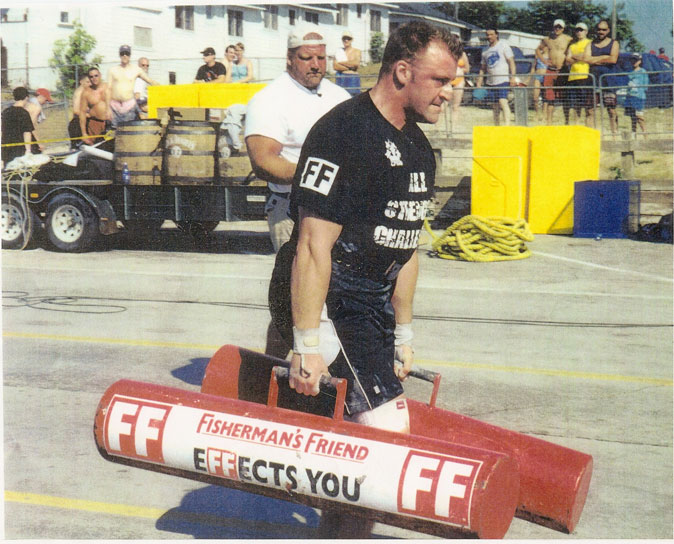
But there are other athletes who are now participating in these unorthodox training methods. A growing number of coaches, trainers, and athletes are recognizing the effectiveness of incorporating odd implement exercises, or “strongman training”, into their regular training programs because it gets results.
Athletes from a wide variety of sports, from high school to the high level professionals, have come to include strongman workouts to take their training to the next level. They may have no interest in strongman competitions, only a strong desire to improve their functional strength, power, and performance.
Several well known and reputable strength coaches are advocates of this type of “real world” training, including Joe Defranco, Zach Even Esh, Elliot Hulse, Jim Smith, Wendler, and many other elite trainers. Strongman training is a rejection of the “chrome, mirrors, and elevator music” environment of traditional gyms in favor of very basic, no-frills, ground based, more athletic type movements.
The reasons for this trend are many. Training with these unconventional implements leads to full body “functional” strength, as each compound exercise involves several muscle groups working together synergistically. This transfers to better preparation for athletic performance on the field.
Because many of the exercises are unstable in nature this forces the body to adapt and develop greater stability. It also creates a huge challenge for the core musculature, helping the athlete to develop a powerful midsection which is important in every sport. Also considering that many strongman movements are explosive in nature, there tends to be greater carry-over to sport activities than with traditional “gym” strength training.
In addition, strongman training is usually considered to be more fun than traditional gym training. Athletes not only enjoy flipping tires and pressing kegs more than working out on conventional exercise machines, but it also develops their mental toughness. That psychological edge makes all the difference in competition!
Mark Philippi, a strongman competitor and director of strength and conditioning for the University of Nevada-Las Vegas, said: “You’re building explosive strength. Moving an object or lifting an object takes more of a degree of strength than just lifting a barbell in a controlled environment.” Like other coaches, he incorporates both this type of training and traditional methods in his programs, and has noticed a significant improvement in his athletes because of it.
Giants offensive tackle David Diehl has been flipping tires as part of this training routine for years. Diehl was quoted as saying, “It works the things that you need to work…It’s a complete, overall total body workout.”
Like any form of exercise, this type of training must be performed with correct technique and in a well designed program to reap the greatest benefits while avoiding injury. For a complete strength training program for building size and strength that incorporates “strongman” implements, check out www.BarbarianStrength.com.
Stay Strong,
Josh Hewett

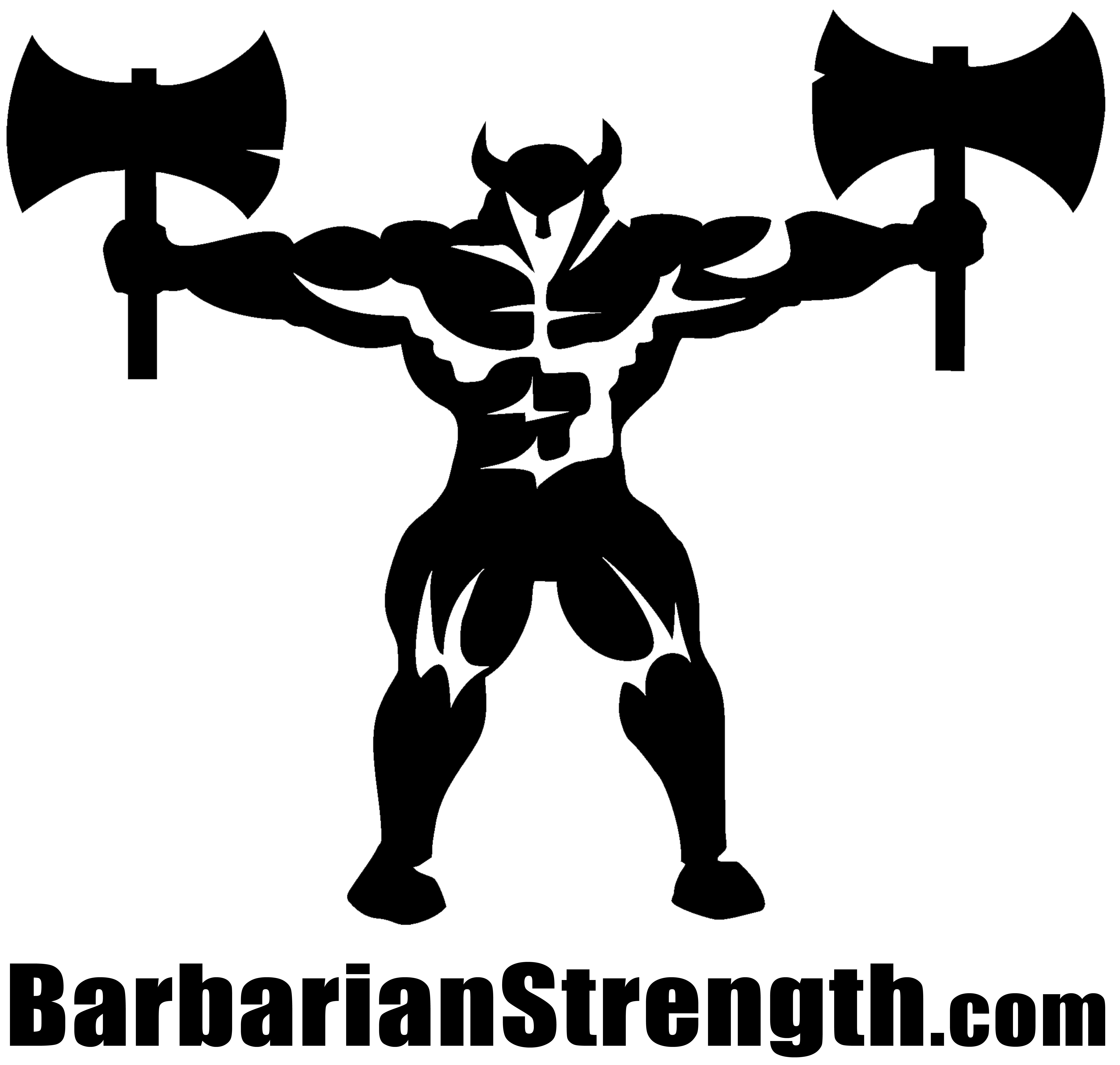
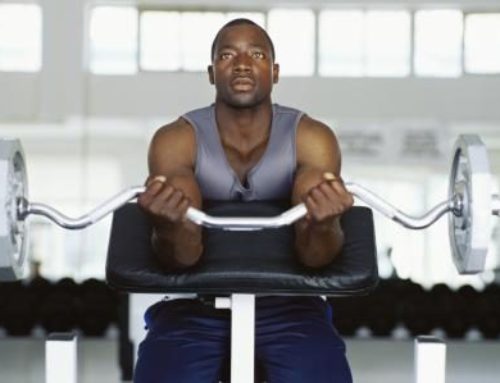
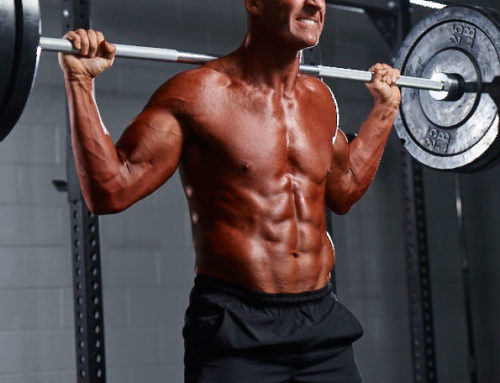
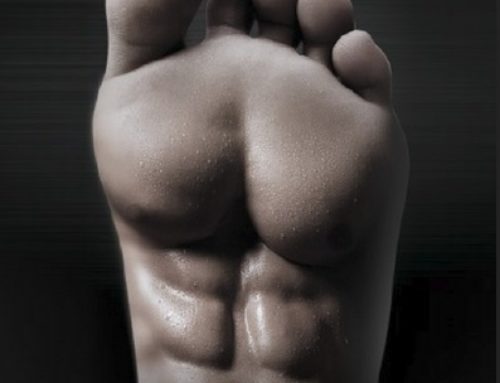

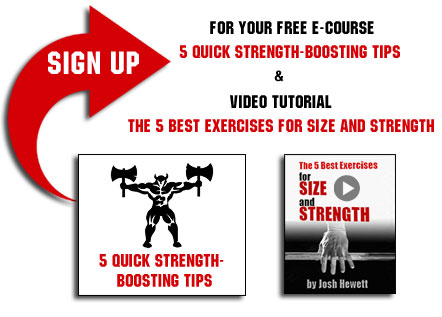
Leave A Comment